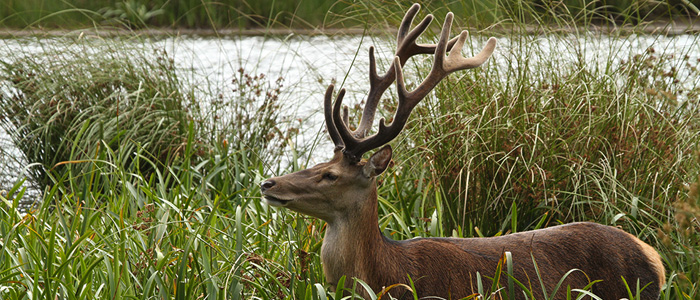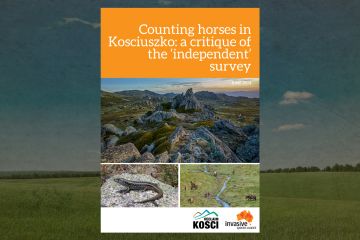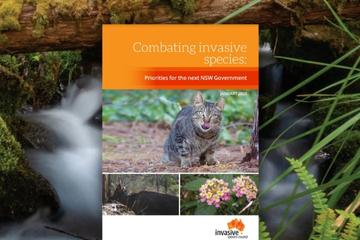
NSW’s Natural Resources Commission is reviewing pest animal management in the state, with a draft report to be released for public comment in early 2016.
Our project officer Tim Low attended an a workshop put on by the commission earlier this week, using the opportunity to raise a number of issues, including:
- The importance of keeping one eye on the future because there will be new pests to consider. New pests offer ideal opportunities for intervention when their populations are small. Governments need a foresight capacity, to anticipate future problems, which are often driven by social changes, for example experimentation with new crops or novel pets. The smooth newt is an example of a species that should be assessed for its potential to become invasive in NSW given the evidence of a wild population near Melbourne.
- The potential of goat farming to create major landscape degradation, under circumstances where feral goats are interbred with new breeds, increasing the genetic base of wild populations, and a growing goat meat market. Discussions with government pest experts confirmed that goats are causing massive and increasing damage in western NSW.
- The legislation treating deer as game rather than harmful invaders. The most effective control method, night shooting, is outlawed because it is too effective.
- Lack of any policy on red-eared slider turtles, by contrast with Queensland, where they are declared a pest and were successfully eradicated.
- The need to build public awareness about aquarium plant risks. The current program of raising awareness about invasive aquarium fish should expand to invasive aquarium plants, because the invasion pathway is the same.
- The need for integration. A future feral animal strategy should be integrated with weed and invertebrate strategies, to achieve more coherent policy.
We were very pleased with the Natural Resources Commission’s recent review of weed management in NSW, which adopted many of the reforms we advocated, so we are hoping this review will also lead to strong recommendations. Whether or not the government will adopt them is a different question.




